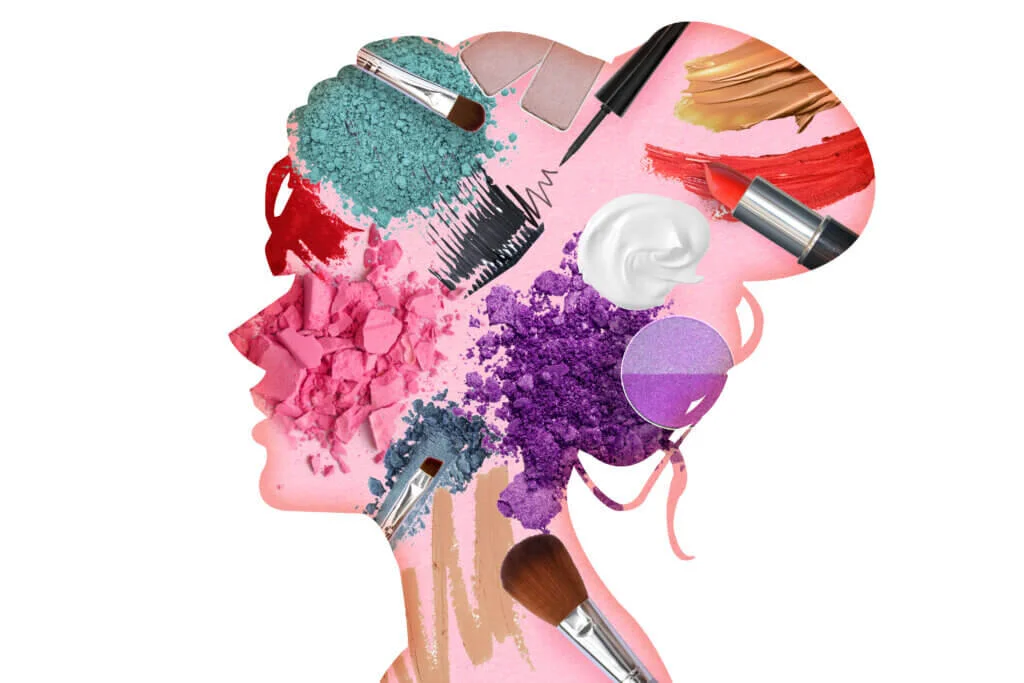The Business Behind the Beauty Industry
Written by Ashlie Dhugga
It is undeniable that the beauty industry is one that has sustained revenue growth for many years. This revenue growth is projected to reach 1.6 billion USD by 2025 in Canada alone. What trends have enabled this continual industry growth? This is a question we will explore the answer to today.
Trends Attributed to Industry Growth
1. Emergence of New Distribution Channels
Traditionally, beauty products were only sold in brick-and-mortar stores, or through door-to-door distribution channels as practiced by companies such as AVON. In the age of technology, many companies have set up online stores, allowing for e-commerce sales. This caused a “boom” in the beauty industry, which led to spikes in overall market growth starting in 2018 (when these e-commerce channels started to become commonly utilized by customers).
Statistics relating to beauty industry market growth and distribution channels
2. Targeted Pricing Allows for Customer Segmentation
Beauty companies know their target audience and thus are able to better appeal to their target demographic. This is done through implementing effective pricing strategies, allowing companies to make high profit margins while retaining customers. A common industry practice is to target pricing based on customer willingness to pay - a pricing method used by the beauty retailer Sephora. Wide ranges of prices are offered through such retailers, and each company yields a profit from their specific customer segmentation strategy. This targeting pricing is the reason why one brand’s lipstick at Sephora may be priced at $18 while another brand’s lipstick is priced at $48.
3. Tendency to Follow Social Trends
Companies in the beauty industry adapt to and follow emerging social trends. One such social trend is increased consumer affinity for cruelty-free makeup. Consumer consciousness towards unethical practices, including animal testing for cosmetics, is at an all time high, with 36% of women reported to prefer buying from cruelty-free cosmetic brands in 2018 alone. Many brands, including L’Oreal, leader in worldwide sales within the beauty industry, are committing to abolish animal testing in their cosmetics manufacturing process.
Another social trend that many beauty companies are beginning to adhere to is manufacturing beauty products with natural ingredients. Consumer concerns regarding chemical-based ingredients in their beauty products (such as BPA and phthalates) is on the rise. In response, large beauty retailers have begun to launch marketing campaigns that put emphasis on promoting natural makeup products. One initiative launched by Sephora is called “Clean at Sephora”; the term “clean” references beauty products that are made with natural ingredients, and these products are placed under their own category on the Sephora website. This allows customers who are seeking natural beauty products to have their options readily accessible on the retailer’s website and in stores.
4. Product and Marketing Innovation
Beauty products such as eyeshadow palettes are prominent in the market. What makes one company’s eyeshadow palette more successful than another? Their ability to differentiate their product with a unique marketing strategy. One example of an indie beauty company making strides in the industry with their marketing innovation is Juvia’s Place, a makeup brand centered around celebrating rulers of African kingdoms and their beauty techniques that are still used to this day. Juvia’s Place is inclusive of all people, unique, and widely successful due to the innovative premise around their brand.
Juvia’s Place website marketing
The beauty industry is one of great profit and great potential. I hope through reading this article you were able to gain more insight into some aspects of business the beauty industry excels in and which allow it to perpetually flourish in the consumer market. As with every industry, new trends will begin to emerge and it will be interesting to see the future of beauty companies as they adapt to meet their consumers’ needs.




